What to Expect Physically & Emotionally During an IVF Pregnancy
In vitro fertilization (IVF) is a commonly used assisted reproductive technology (ART) for couples facing infertility issues. It involves retrieving eggs from a woman’s ovaries, fertilizing them with sperm in a laboratory, and then transferring the resulting embryos back into the woman’s uterus.
IVF is often used as a treatment option for women with blocked or damaged fallopian tubes, endometriosis, and male factor infertility. It can also be used for women with unexplained infertility, as well as for those who have had failed attempts at other infertility treatments.
One of the main advantages of IVF is that it allows for the manipulation of the fertilization process in a controlled laboratory setting. This increases the chances of successful fertilization and can also allow for genetic testing of the embryos before they are transferred back into the woman’s uterus.
IVF can be a great option for couples looking to start a family, but it’s important to have a thorough discussion with a fertility specialist about the potential risks and benefits of the treatment.
Physical Side Effects of an IVF Pregnancy
While IVF can be an effective treatment option, it is important to be aware of the potential physical side effects of an IVF pregnancy. This can vary from person to person. Common side effects include bloating, cramping, and fatigue. Additionally, some women may experience headaches, breast tenderness, and mood swings. These symptoms are generally caused by the medications used during the IVF process and should subside once the pregnancy is established.
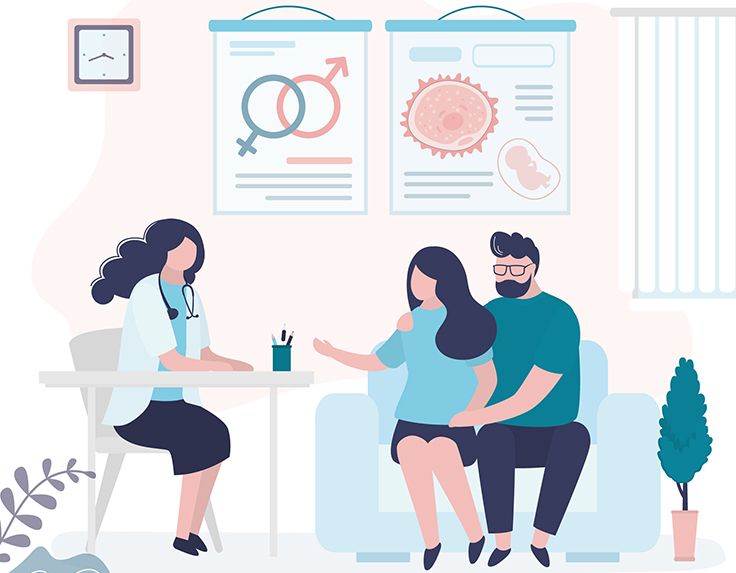
One of the most common side effects of an IVF pregnancy is an increased risk of multiple pregnancies, such as twins or triplets. This can lead to an increased risk of complications during pregnancy, including preterm labor and low birth weight.
Another potential side effect of an IVF pregnancy is ovarian hyperstimulation syndrome (OHSS), which can occur as a result of the hormonal medications used to stimulate egg production. Symptoms of OHSS can include abdominal pain, bloating, and weight gain. In severe cases, OHSS can lead to hospitalization.
In addition to these risks, women who have undergone IVF may also experience more severe morning sickness, fatigue, and swollen ankles. IVF can also cause some physical discomfort during the egg retrieval procedure, including cramping and mild pain.
It is important to note that these side effects are not inevitable and that the majority of IVF pregnancies proceed without any major complications. However, it is important to be aware of the potential risks and to discuss them with your fertility specialist. It is also important to follow the instruction of your gynaecologist during the pregnancy to ensure the health and safety of both mother and the baby.
How is IVF Done Using a Frozen Embryo?
In vitro fertilization (IVF) using a frozen embryo is a process where the embryos that have been previously created and frozen, are thawed and transferred into the uterus. This method of IVF can be used as a second chance for couples who have undergone IVF previously, but did not achieve a pregnancy, or for those who have frozen embryos from a previous IVF cycle.
The process begins with the thawing of the frozen embryos in a laboratory. This is done by slowly warming the embryos in a culture medium, which allows them to survive the thawing process without damage. Once the embryos have been thawed, they are evaluated for quality and only the best-quality embryos are selected.
The transfer of the thawed embryos into the uterus is done using a thin, flexible catheter. The procedure is performed under ultrasound guidance and usually takes only a few minutes. The transferred embryos will then hopefully implant into the lining of the uterus and begin to grow, resulting in a pregnancy
It is important to note that success rates for IVF using frozen embryos are similar to those for IVF using fresh embryos. The advantage of using frozen embryos is that the timing of the transfer can be planned according to the woman’s menstrual cycle, hence, increasing the chances of success.
Stages of IVF
There are a handful number of stages involved in the IVF process, below are the stages in the sequential order.
- Ovarian stimulation: The woman takes medication to stimulate egg production.
- Egg retrieval: The eggs are retrieved from the woman’s ovaries using a thin needle.
- Fertilization: The eggs are fertilized with sperm in a laboratory.
- Embryo development: The fertilized eggs are allowed to develop into embryos for several days.
- Embryo transfer: The embryos are transferred to the woman’s uterus.
- Pregnancy test: A pregnancy test is performed to determine if the IVF was successful.
In addition to these, it is also important to address some frequently asked questions about IVF.
Are there risks to having a baby through IVF?
While IVF is considered a safe and effective method of assisted reproduction, there are some risks to consider. The most significant risk is the possibility of multiple pregnancies, as multiple embryos are often transferred to increase the chances of success. This can lead to an increased risk of premature birth and low birth weight. Additionally, there is a small risk of ovarian hyperstimulation syndrome (OHSS), which occurs when the ovaries become swollen and painful dure to the simulation medication. However, these risks are generally rare and can be minimized with proper medical supervision.
Do’s and Don’ts after IVF?
After IVF, it’s important to take care of your physical and emotional well-being. Some things to keep in mind must include the following :
- Do rest & take the time easy
- Take a proper healthy diet
- Stay hydrated
- Avoid strenuous exercise
- Attend all scheduled appointments with your gynaecologist
- Avoid smoke & alcohol
- Don’t use any medication without consulting your gynaecologist
How long is the IVF process from start to finish?
The duration of the IVF process can vary depending on individual circumstances. On an average, the process can take anywhere from 4-6 weeks. This includes the time required for ovarian stimulation, egg retrieval, fertilization and embryo development. However, if a frozen embryo transfer is used, the process may become shorter.
In conclusion, IVF can be a physically and emotionally demanding process, but it can also be a successful way for couples to have a child. It is important to be aware of the possible side effects and to understand the stages of the IVF process to be prepared for what’s to come. It is also important to have a good support system and to talk to your gynaecologist about any concerns you may have. With IVF, many couples have been able to achieve their dream of starting a family and experiencing the joys of parenthood. IVF has brought hope and happiness to many families, and it continues to be a reliable and positive option for those struggling with infertility.









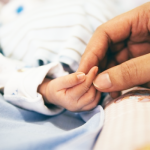
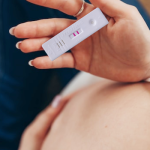









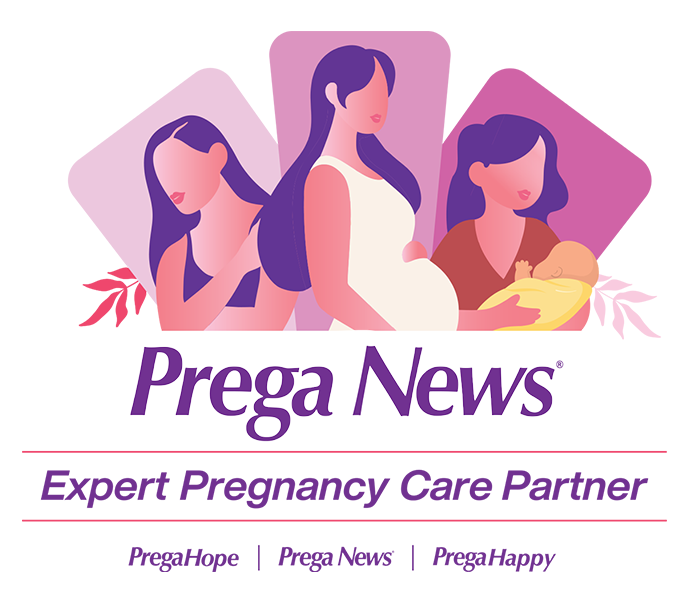

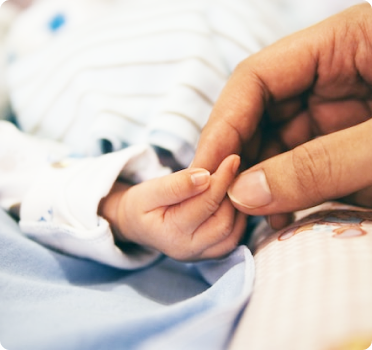
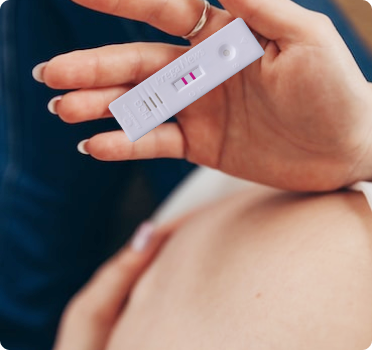

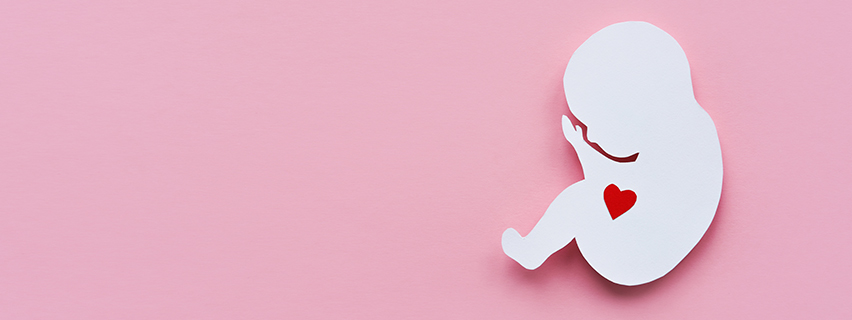











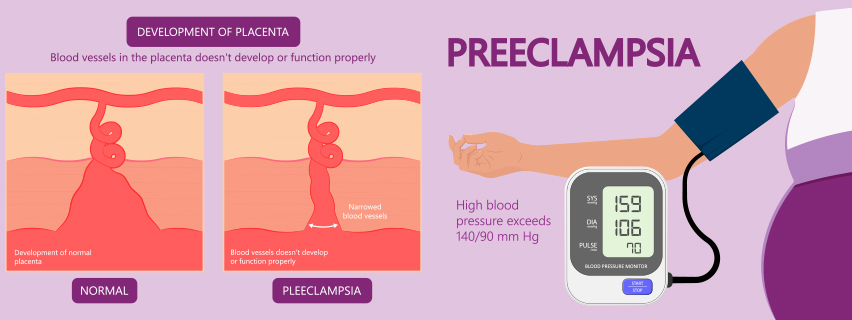
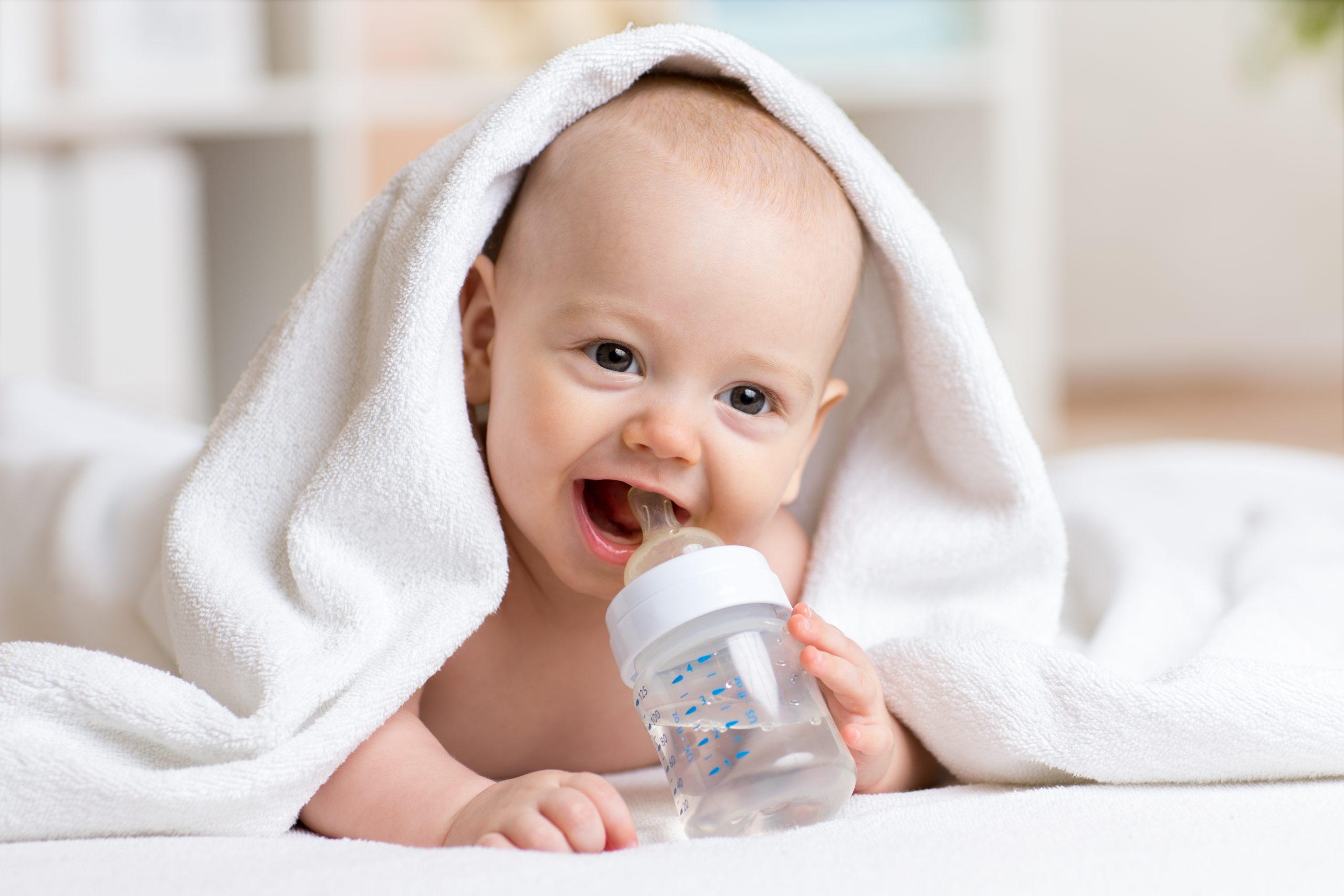







Leave a comment